The Legend of Zelda is finally getting the full-length feature film adaptation that Nintendo has lightly suggested for several decades at this point. Since the franchise is eternally varied, there are dozens of ways that the movie could play out while still remaining thoroughly satisfying. One particularly thorny proposition in the allegedly upcoming pitch is that it will reach the big screen in glorious live-action. Nintendo’s most recent cinematic success came in the form of a visually stunning animated Mario movie, but could the impact of The Legend of Zelda push the company toward more old-fashioned Hollywood adaptations?
The old “video game movie curse” argument has always been a fallacy. Sure, video game movies are getting better nowadays, but there have always been a few decent features hidden in that ever-evolving list. The trouble is that most of those gems are animated, prompting many viewers to discount them entirely. There were excellent movies about Pokémon and Street Fighter decades ago, but no one wanted to talk about them because they didn’t feature any famous faces on the posters. This unfair assumption that a live-action adaptation is inherently worth more than an animated one has led a ton of films to unfortunate fates, often partially as a result of their chosen presentation.
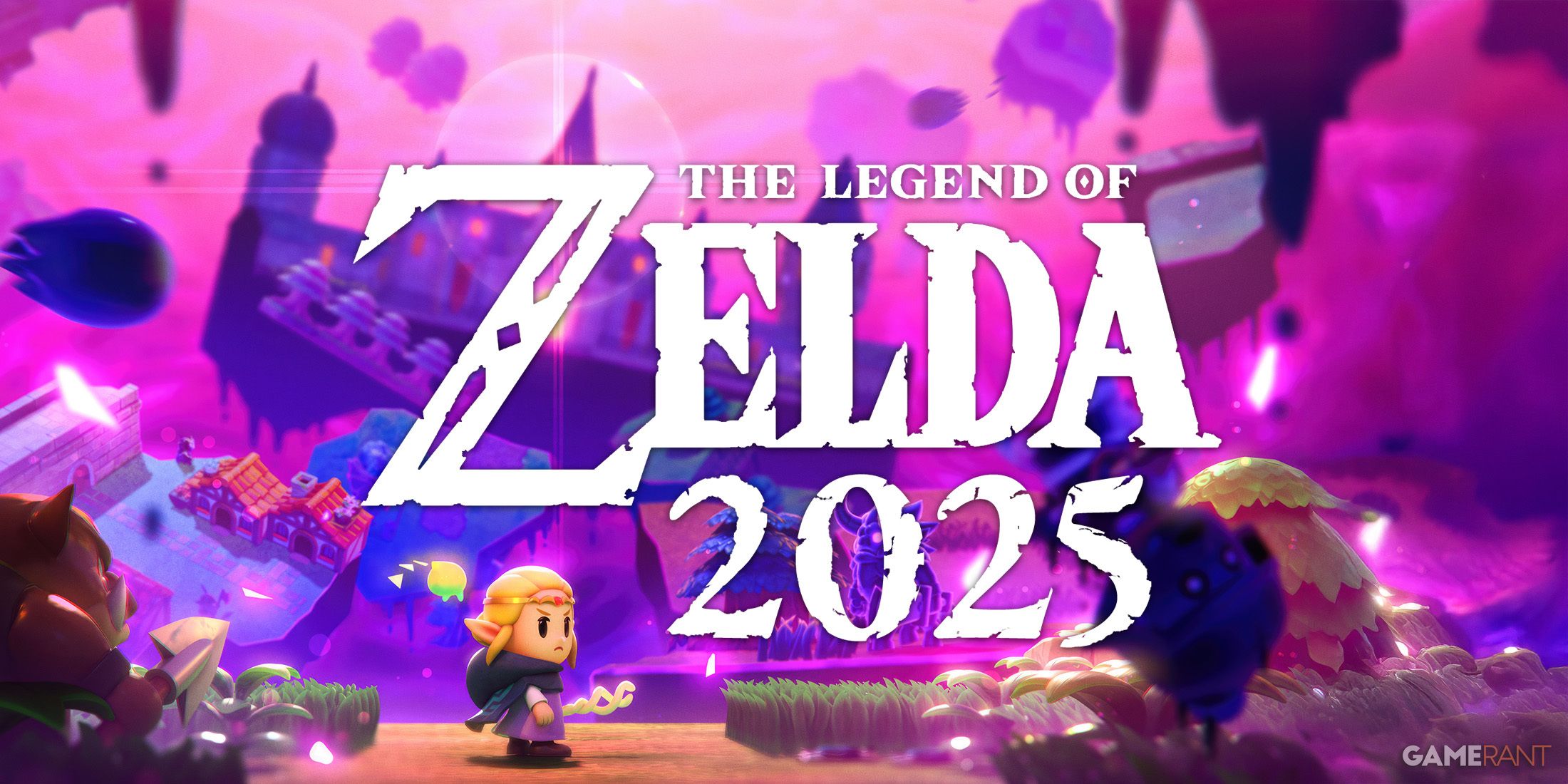
Related
What to Expect From the Legend of Zelda Franchise in 2025
While official news about The Legend of Zelda in 2025 is light, fans might still have grounds to expect info on rumors, leaks, and upcoming projects.
The Legend of Zelda Movie Will Be Live-Action
|
Director |
Wes Ball |
|---|---|
|
Screenwriter |
Derek Connolly |
|
Producers |
Wes Ball, Avi Arad, and Shigeru Miyamoto |
|
Release Date |
March 27, 2027 |
The Legend of Zelda is officially on its way to the screen, with a release date and everything. The Maze Runner and Kingdom of the Planet of the Apes director, Wes Ball, will helm the project with Jurassic World and Detective Pikachu screenwriter Derek Connolly behind the script. There’s a lot about the project that no one knows yet. When Ball tossed around the idea of making this movie way back in 2010, he pictured it as a mocap production on the level of James Cameron’s Avatar. The best current example is probably Ball’s recent Apes sequel, which was shot largely on location in breathtaking forested environments with tons and tons of motion capture characters. It’s an elegant solution to the overabundance of fully CGI environments. Real actors appear in real locations alongside countless CG-animated presences, arguably representing the ideal compromise for the modern blockbuster scene. Apes looked so incredible that it earned an Oscar nomination for Best Visual Effects, an award it lost to Dune: Part Two, which uses much of the same technique. Given those techniques at the studio’s disposal, there’s little doubt that The Legend of Zelda will be an absolute treat for the eyes. However, The Legend of Zelda needs to do more than look pretty, and the live-action presentation might present some issues.
Animated Video Game Adaptations Seem To Work Best
There are a few solid live-action video game adaptations out there, but the vast majority of successful takes on the source material happen to be animated. It’s fairly obvious why it works a little better. Video games, save the odd full-motion video title and potentially the first three Mortal Kombat games, are animated projects, so it stands to reason that they’d transfer much more easily to a different style of animation. There’s a lot to consider when removing interactivity from a work of interactive narrative. It’s not like turning a book into a movie because it’s a process of subtraction. It’s much more like turning a movie into a book, robbing it of many of its modes of communication while still attempting to retain the qualities people like about it. Maintaining some of the same visual flair through a complimentary animation style is a great way to bridge part of that gap. Unfortunately, the fact that the visuals line up is far from the only reason animated video game adaptations tend to work better.
Whatever the benefits of live-action cinema, there are countless little drawbacks that seem to plague just about anything an adaptation should get right. Certain things just don’t look right next to Tom Holland or whoever. People have made a lot of compelling CGI characters, but they simply can’t always rely on the art form to work in context. Take Warcraft as an example. The film cost millions and mostly nailed the look of its world, but most of it still ended up looking off-kilter. A design meant to work within a specific art style doesn’t always appeal when it reaches the big screen. This also ties back to the inherent cost of a live-action project. The more reliant a production is on its studio, the more room that studio has to ruin everything. That’s why things like Spider-Man 3 happen and why the Spider-Verse movies are free to be as anarchic as they are. By the same token that many audiences consider a live-action adaptation to be more valid than an animated one, there are things that only a cartoon can get away with. Nintendo can try to nail down that live-action Studio Ghibli film look all they want, but there’s a reason why Miyazaki hasn’t tried that himself.
How Could Nintendo Movies Work in the Future?
The arguably ideal version of the Nintendo cinematic universe is one that plays fast and loose with its presentation. They should be free to do some series in live-action and others in glorious 3D or even 2D animation. If they’re willing to commit to the inherent variety of their projects, they can drop one Zelda movie in live-action, then the next one in the style of Minish Cap or whatever. These have always been universes that change their visual styles with almost every iteration. Nothing can be certain, but freeing up each franchise to exist in animated and live-action worlds could grant the Nintendo film universe a new degree of playfulness.
Big cinematic universes like Marvel, DC, and Star Wars often separate their animated and live-action projects. Sure, The Clone Wars takes place in the same storyline as Attack of the Clones, but they tend to operate on very different scales. Nintendo can be a rare example that treats both examples evenly, using the inherently shifting visual style of each entry in a franchise like Zelda, Mario, or even Metroid to consistently reinvent themselves. As it stands, the first Zelda movie will be a live-action one, and the world will have to wait a couple of years to see how it works out. In best-case scenarios, Nintendo will let the good parts carry on and the bad parts die out, just like it does with the games.
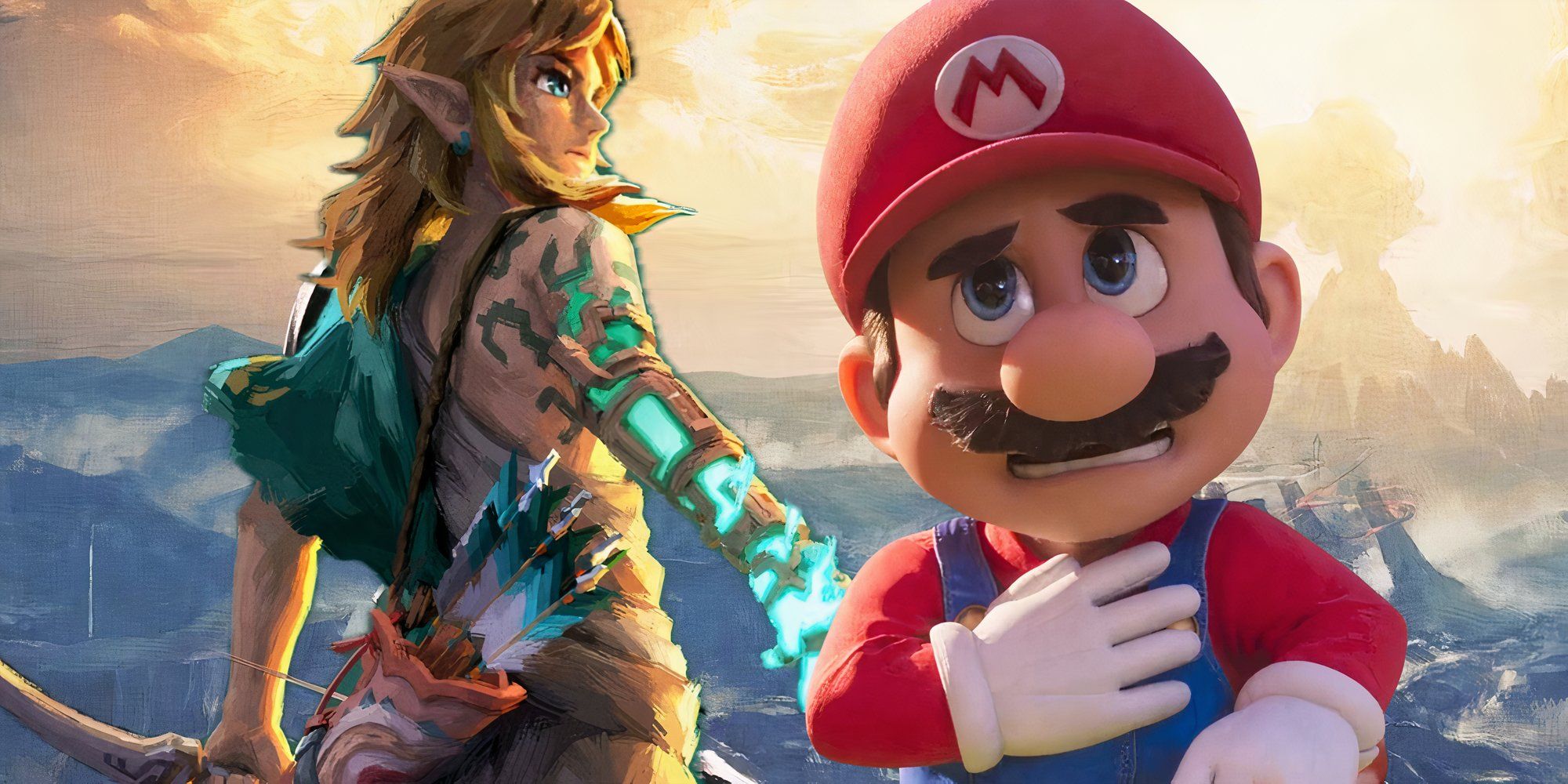
Related
Nintendo’s Big Challenge: The Legend of Zelda Is Going To Be Harder To Adapt Than Mario
Nintendo’s next big film release may prove to be more difficult.
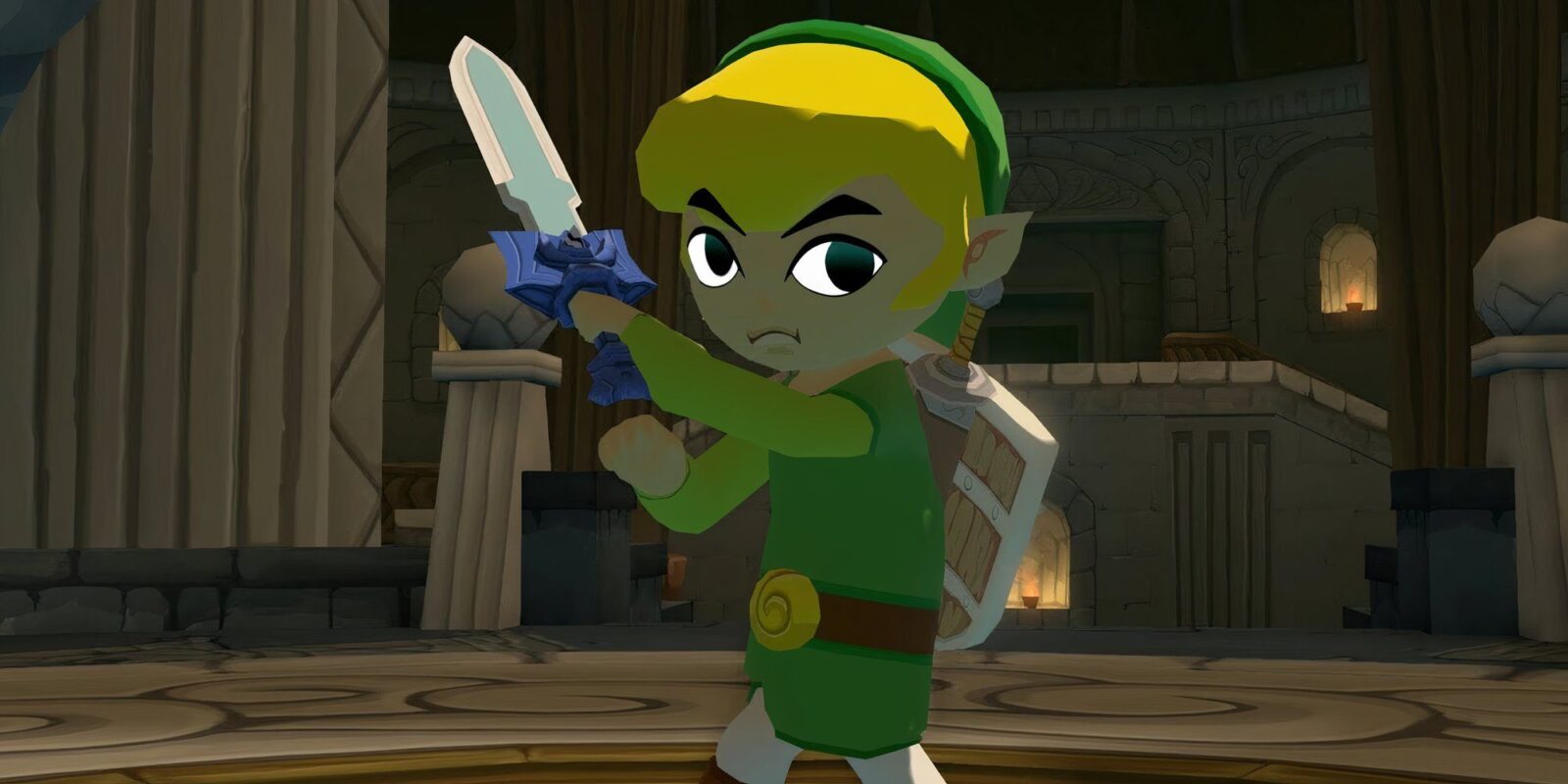

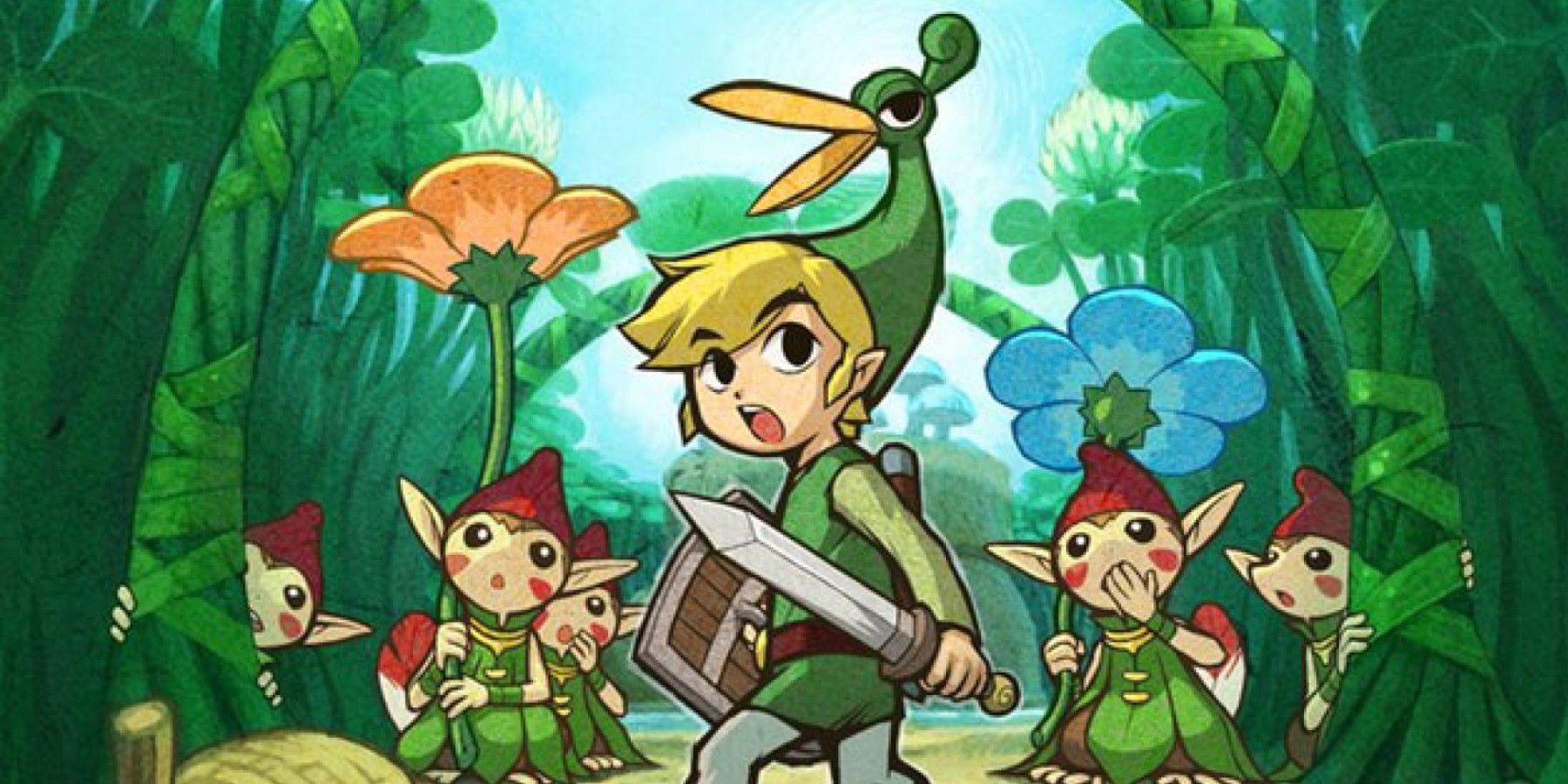

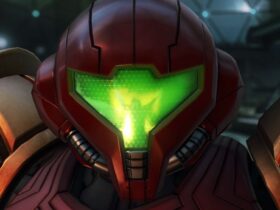

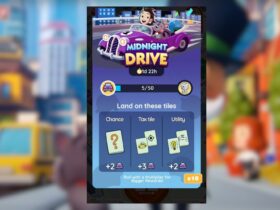




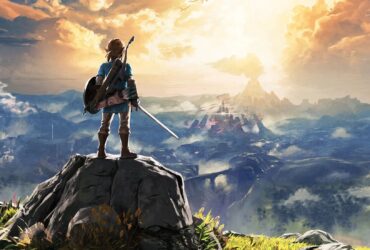
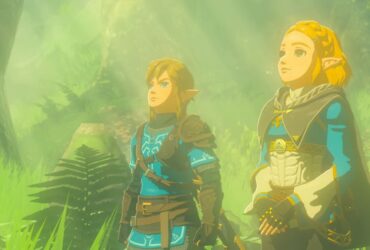
Leave a Reply